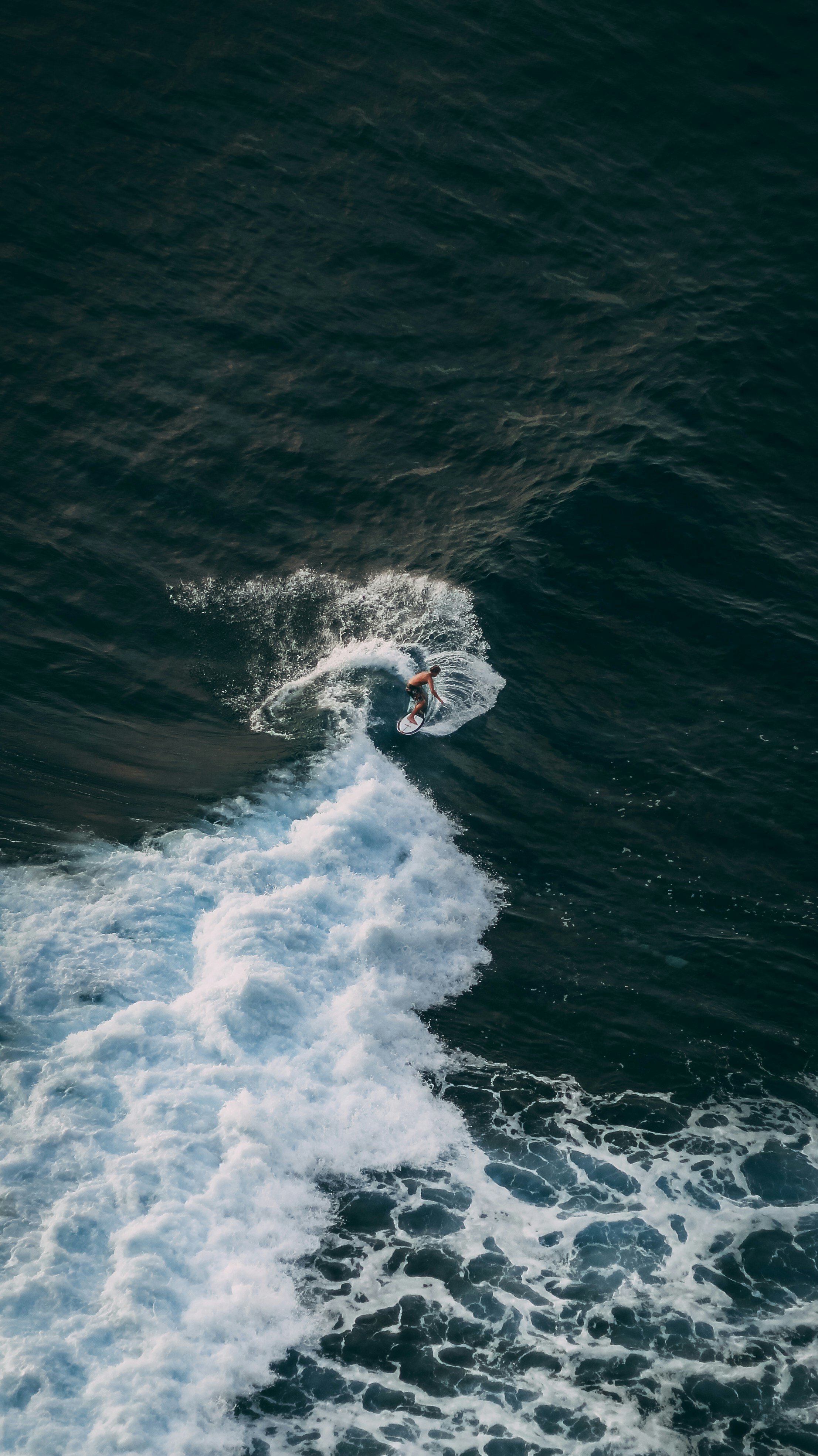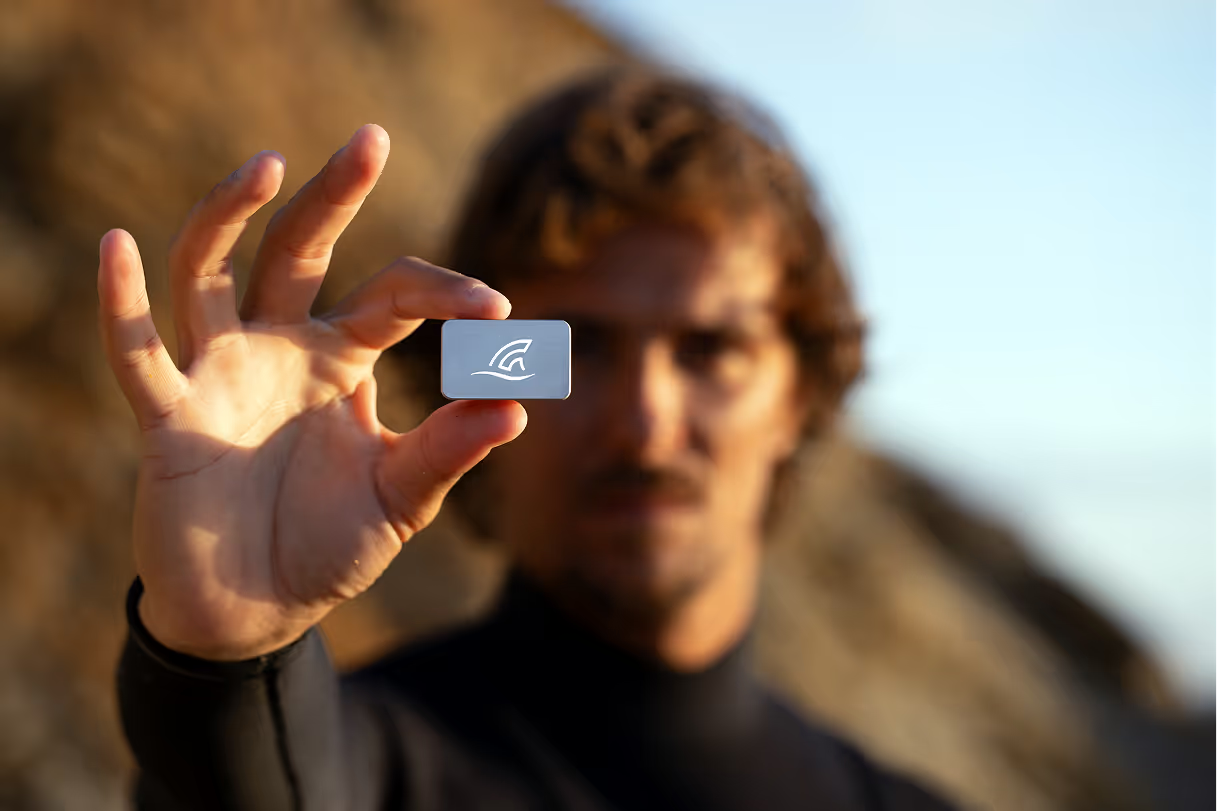How to Do a Cutback in Surfing: Power, Control, and Flow
Why the Cutback Matters
The cutback is surfing’s ultimate reset button. It brings you back to the pocket, reconnects you with the wave’s power, and links maneuvers together with flow. A good cutback shows control, style, and speed—whether it’s a smooth forehand roundhouse or a tight, vertical rebound.
Common Cutback Mistakes
- Not Enough Speed – The biggest error. Without speed, the board bogs mid-turn and sinks before reaching the foam. You must trim or pump first before initiating the cutback.
- Pivoting Instead of Carving – Kicking the tail around with your back foot creates a short, jerky turn that kills flow. True cutbacks use the rails, not just the tail.
- Stopping Halfway (Under-Rotating) – Turning back 120° instead of 180° leaves you stranded on the shoulder. Aim all the way back to the foam for a full roundhouse.
- Losing Balance on the Rebound – Many surfers reach the foam, then pop up too tall or forget to shift weight forward. The result: bouncing off unpredictably or falling. Stay low, absorb impact, and redirect down the line.
- Wrong Radius for Wave Size – A long, drawn-out arc works on head-high faces, but not waist-high ones. On smaller waves, tighten the arc to stay with the pocket.
How TRAX Helps You Refine Your Cutback
- Speed Cue – TRAX tracks velocity before and during the maneuver. If it drops too low, it prompts: “Trim or pump before the cutback—enter with more speed.”
- Rail Engagement Cue – Using board roll and pressure data, TRAX can tell if you’re pivoting instead of carving. Cue: “Commit to the rail—lean through the whole arc.”
- Rotation/Completion Cue – If your turn stops short, TRAX suggests: “Turn further back—aim to reach the foam for full rotation.” If no rebound data appears: “Finish the cutback with a rebound to stay connected.”
- Rebound Cue – On impact, TRAX detects acceleration spikes. If you’re landing tail-heavy or stiff, it advises: “Bend knees and shift weight forward to absorb and flow out cleanly.”
- Arc Radius Cue – TRAX measures how long and wide your cutback is relative to wave size. Cue: “Tighten your cutback to stay in the pocket,” or “Open your arc for smoother power turns on bigger waves.”
Drills to Master the Cutback
- Figure-8 Surf Skate Drill – Trace big, smooth figure-8s on a surf skate. Focus on leaning into each rail and completing the turn fully—it mimics the roundhouse flow.
- Foam-Target Cutbacks – In small waves or wave pools, pick a visible foam section and aim to hit it every time. It trains commitment and awareness.
- Bounce Drill – Practice rebounding off soft whitewater. Feel the foam push and work on absorbing impact and redirecting down the line.
- Rail-Hold Drill – Try to drag your front hand along the wave face during your cutback. It forces a longer arc and better body alignment.
- Land Simulation (Wall Rebound) – On land, twist toward a wall as if rebounding off foam, focusing on shoulder rotation and weight shift.
Stage-Specific Feedback
- Intermediate: Build confidence and consistency. Focus on speed first, then full rotation. TRAX can show progress—“you turned 30% further this session.” Stay low and complete the maneuver.
- Advanced: Add precision and style. Link double cutbacks when the wave flattens. TRAX helps you see if you’re losing speed mid-turn—adjust entry line higher on the face. Also, vary arcs to suit wave size.
- Pro: For pros, it’s about refinement and flair. TRAX can analyze layback angles, force, and consistency to ensure each cutback looks dynamic yet controlled. Feedback may center on innovation, variation, and flow: when to power carve, when to snap, and when to rebound stylishly.
How TRAX Makes It Measurable
TRAX turns the classic cutback into quantifiable skill. It measures speed, rail pressure, and rotation so you can see if you’re carving, pivoting, or stalling. Over time, you’ll track progress—cutbacks that feel smoother, cover more distance, and flow naturally back into the pocket.
Related Reading
- Bottom Turns – The Setup That Defines Your Surfing
- Complete Your Turns – Stop Cutting Them Short
- 5 Turning Mistakes That Keep You Stuck








